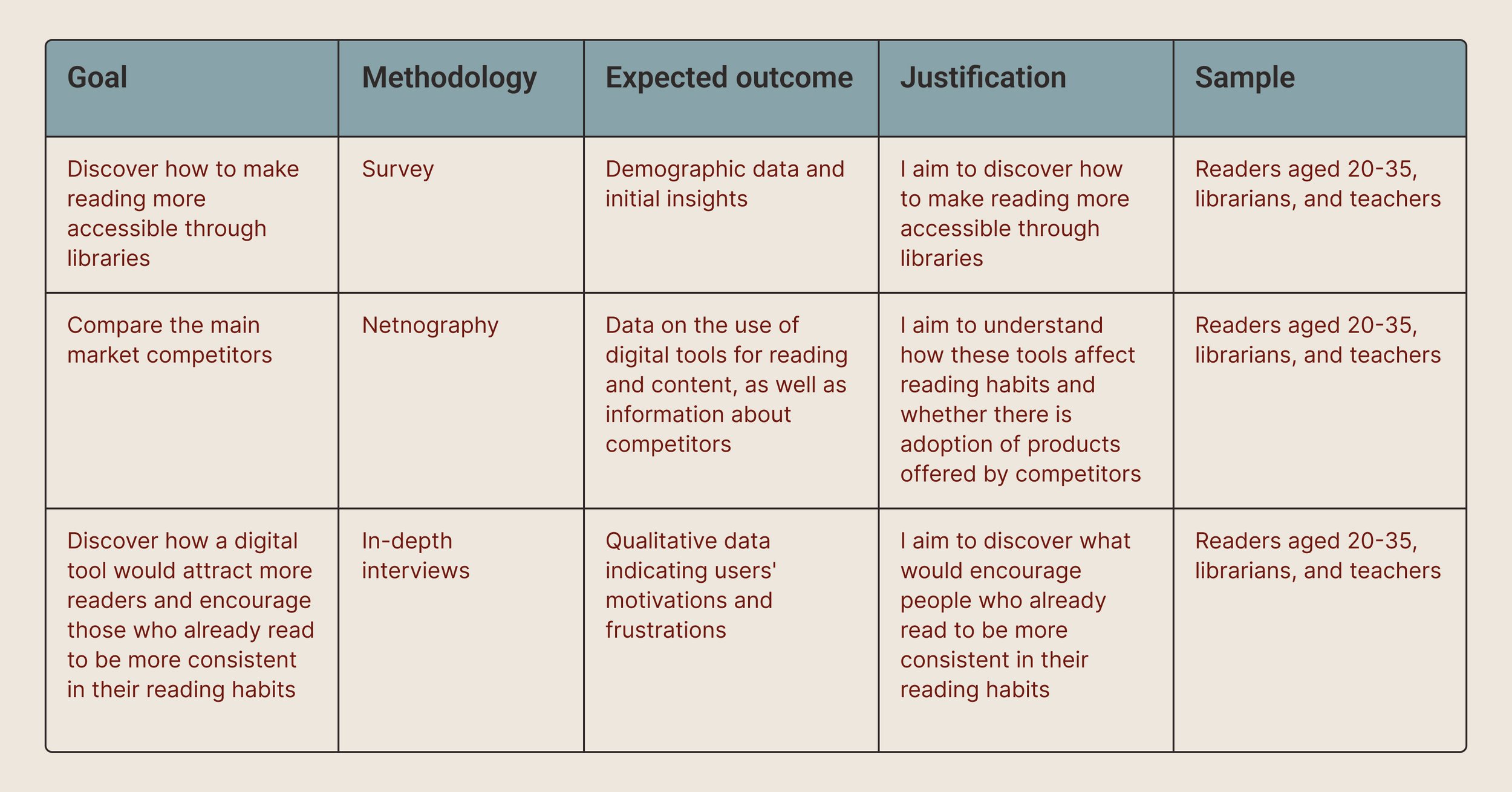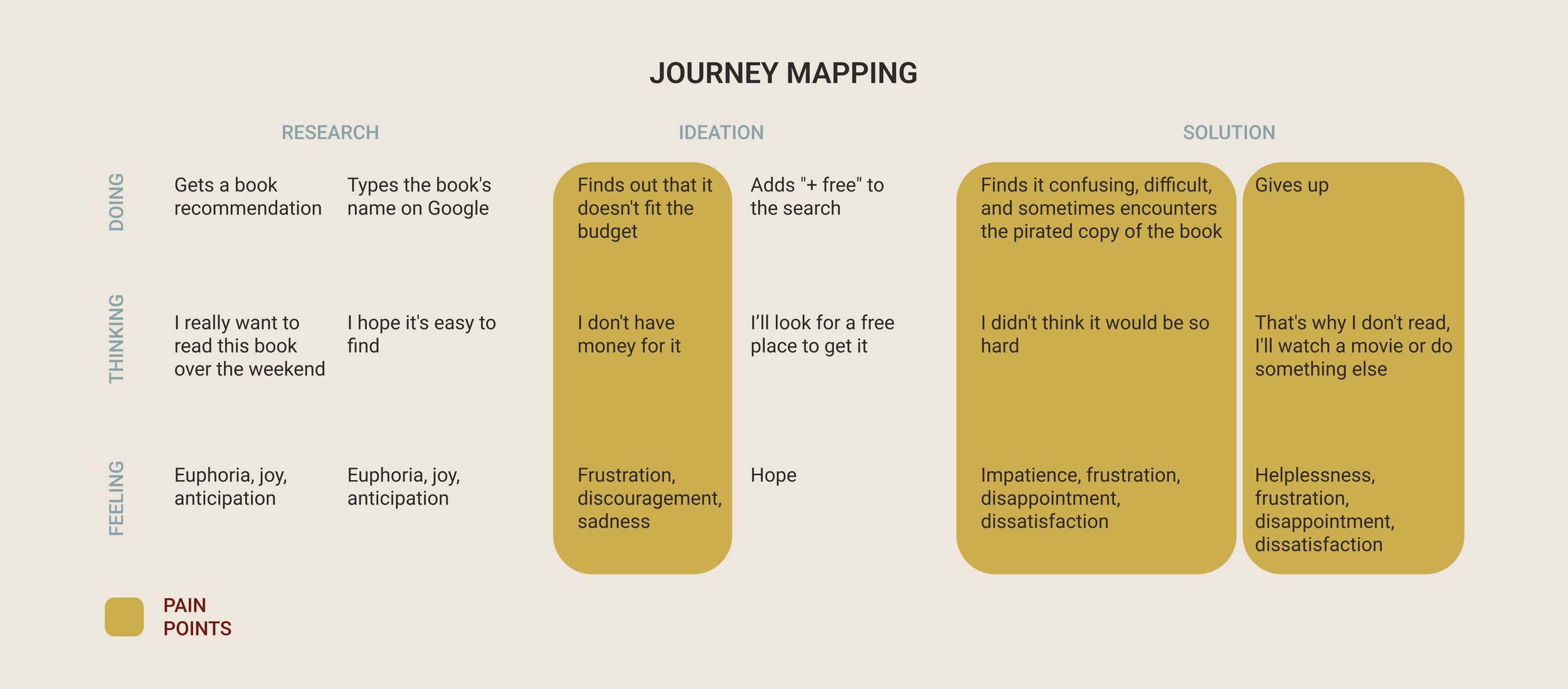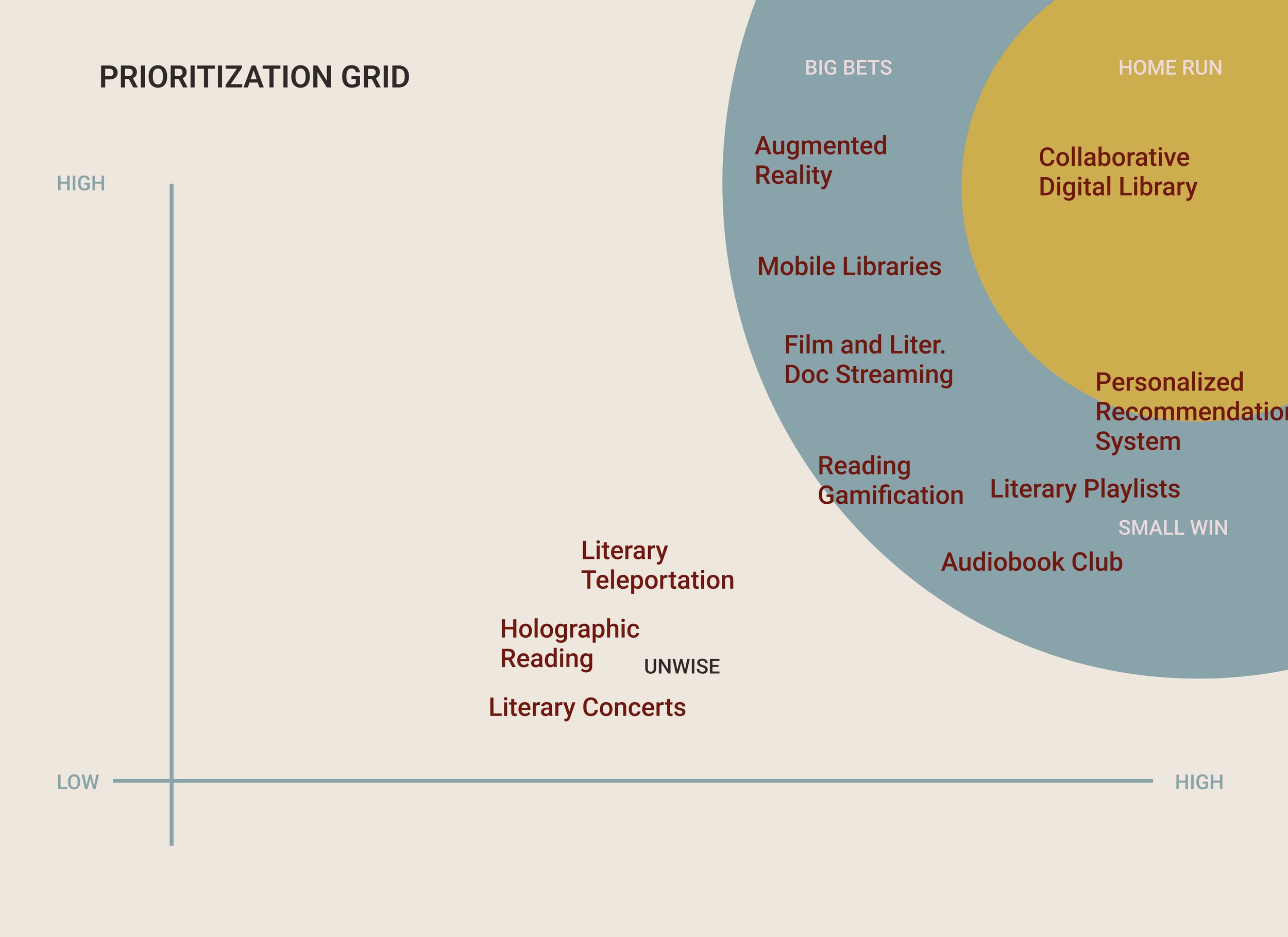Hi there!
We found each other. 👀
I’m a UX/UI designer with a master's degree in Trends Research using my design expertise to create meaningful experiences. Using a holistic approach to design, I develop concepts grounded in thorough research of consumer behaviors and market needs.
YOU FOUND ME
·
YOU FOUND ME ·
look what I can do
lastest freelance project
SOUK WEB
This project was about transforming a B2B commerce app into a fully functional web platform. I focused on improving navigation, simplifying product discovery, and redesigning key flows like account management and repeat purchases.
I worked closely with stakeholders and users to understand different user types — including buyers, brokers, and suppliers — and tailored the experience to their needs. We also refined pricing mechanics like “buy more, pay less” for clarity and usability.
The result is a more intuitive and scalable platform, designed to support multi-profile access and streamline B2B operations.
look what I can do
BOOKSWAPAnalog and digital worlds come together on an app that invites you to take your readings to the next level
challenge
The inspiration for this project was born from a personal experience. I often found it challenging to locate specific books or understand which libraries housed them.
The goal is to simplify the process of accessing and engaging with library collections, fostering a vibrant literacy community along the way.
goals
After conducting thorough discovery research, I distilled the insights into key problem areas and framed them as a HMW question. By starting with the problems uncovered during the research, I avoided suggesting specific solutions prematurely and kept our focus on the desired outcomes.
The question centered around increasing awareness of the range of product offerings within libraries, aligning with the insight that users often weren't aware of the breadth of available resources. This allowed me to frame the design challenges effectively and develop solutions that truly addressed the needs of the users.
I broke down the insights into three main goals to frame the HMW question, allowing for a more structured approach in seeking innovative, user-centered solutions.
01.
To make reading more accessible through libraries.
To value reading as a social habit and an opportunity for interaction and idea-sharing among individuals.
To promote consistency in people's reading experiences by encouraging the habit of regular reading.
02.
03.
How might we encourage the practice of reading and simplify access to books in our communities?
why it matters
Design can be crucial in encouraging reading and combating decreased access to books. The idea is to create a digital platform that encourages people to visit existing community libraries in the country. The main objective is to make the experience of finding books more attractive and accessible by personalization, enabling it to integrate into the user’s life, making finding new reading effortless.
Brazil faces a concerning challenge regarding the lack of interest in reading, evidenced by the decrease in the number of public libraries and individuals who consider themselves readers.
But I'm thinking big, so why not make BookSwap global?
research
After the initial desk research and problem definition, I identified pertinent insights related to the defined problem. This approach enabled me to grasp the broader context. I have then formulated a research plan based on the CSD Matrix. Drawing from these insights, I formulated well-grounded hypotheses that guided the development of the research plan. Acknowledging the significance of a holistic, user-centered approach, the plan integrates qualitative and quantitative methods, including in-depth interviews, contextualized observations, and survey research.
This multidisciplinary approach affords me a comprehensive understanding of user needs, challenges, and behaviors, while also pinpointing opportunities for improvement and innovation. Throughout the research process, I continuously refined the hypotheses and tailored the investigations to ensure that I was addressing the most pertinent and impactful aspects of the problem.
The research plan was designed to establish a strong foundation of understanding and insights that will guide subsequent stages of the design process, ensuring that our solutions are genuinely user-centered and effective in addressing the identified problem.
With the data gathered from the research efforts, I analyzed and synthesized the information to distill key insights into user behaviors, preferences, and pain points. Leveraging these insights, I defined three distinct personas through the data of the in-depth research.
To deepen our understanding and foster empathy towards the users, I employed the needs statement and empathy map tools.
The needs statement served as a focal point to articulate user needs concisely, aligning diverse perspectives within the team and guiding our solution development process effectively.
The empathy map provided a visual representation of user experiences and emotions, enabling me to empathize with the users on a deeper level and uncover nuanced insights that informed further design decisions.
Following this, the data was converged into a journey map to have a more holistic view of the customer experience by uncovering moments of both frustration and delight throughout a series of interactions.
idea
Time to brainstorm! I generated big ideas to create alternative solutions. Subsequently, a Prioritization Grid was employed to decide the next move, focusing on the intersection of importance and feasibility.
Here, the app comes to life: the standout idea was to create a product that not only maps out all the libraries in the city but also provides intuitive search features, reservation capabilities, and a platform for connecting with fellow readers to share books.
Prototyping followed to initiate usability testing on not only how users would respond to the concept, but also to identify problems in the design, uncover opportunities to improve and learn even more about user preferences. Through usability testing, I aimed to pinpoint design flaws, seize opportunities for enhancement, and delve deeper into user preferences. This iterative process allows for continuous refinement until the project achieves a level of excellence aligned with the project goals. After all, The only way to get it right is by testing it.
With testing results in hand, several rounds of changes and testing were conducted. With the product refined, it was then time to transition to design styles. Here, the WCAG Compliance Checker was applied to ensure product accessibility.
Et voilà!
how it was designed
To create the app, I used the double diamond design tool, which follows a four-stage iterative method: discovery, definition, development, and delivery. This user-centered process encourages continuous refinement and iterative exploration, ultimately leading to the development of a superior product.
This approach enabled a comprehensive examination and comprehension of user requirements, challenges, and aspirations, culminating in the creation of an app that prioritizes user needs and efficacy.
Despite my initial familiarity with the subject matter, the users continuously altered my perception and challenged my assumptions. Applying different tools and being open to the non-linear process of design thinking, every change became welcomed.
As a case study, I recognize that certain steps could be enhanced. Particularly in the user research phase, with a larger sample size and product interaction tests. Also, I am curious about how this project would have unfolded if developed within a team setting.
This project encompasses essential functionalities to achieve the defined objectives, yet there is still room for further refinement. Perhaps exploring additional features to enhance user engagement or conducting follow-up usability testing to validate the effectiveness of implemented changes could contribute to the continuous improvement of the app's user experience.
Additionally, considering the global scale of the challenge addressed by BookSwap, future iterations could involve collaboration with international stakeholders to adapt the platform to diverse cultural and linguistic contexts, fostering a truly inclusive reading community worldwide.
thoughts
Q&A
-
During the user research phase, I encountered difficulties in recruiting participants for in-depth interviews, particularly from the defined demographic groups crucial for understanding diverse user perspectives.
To address this challenge, I utilized social media platforms and community networks to expand my reach and attract a more diverse pool of participants.
Also, I have explored alternative research methods, such as online surveys and remote interviews, to overcome geographical limitations and ensure comprehensive data collection.
-
As I progressed through the ideation phase, I realized that implementing certain innovative features identified during brainstorming sessions would require significant additional resources and technical expertise beyond the project's scope and timeline.
To navigate this constraint, I prioritized features based on their potential impact on user experience and alignment with project goals.
While I had to set aside some ambitious ideas for future iterations, I ensured that the core functionalities essential for addressing user needs were implemented effectively within the project's constraints.
professional experience
Designer
Freelancer, 2018 - now
Freelance Researcher
WaveMetrix,
2019 - now
Executive Producer
Carpintaria, 2019
Designer
Colcci,
2016 - 2017
















